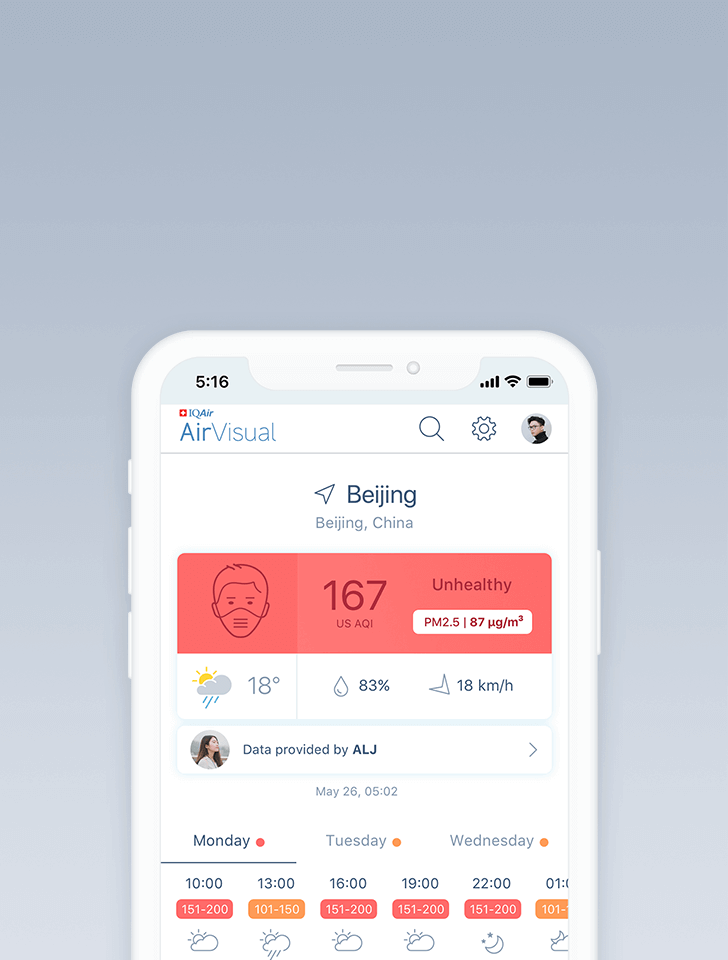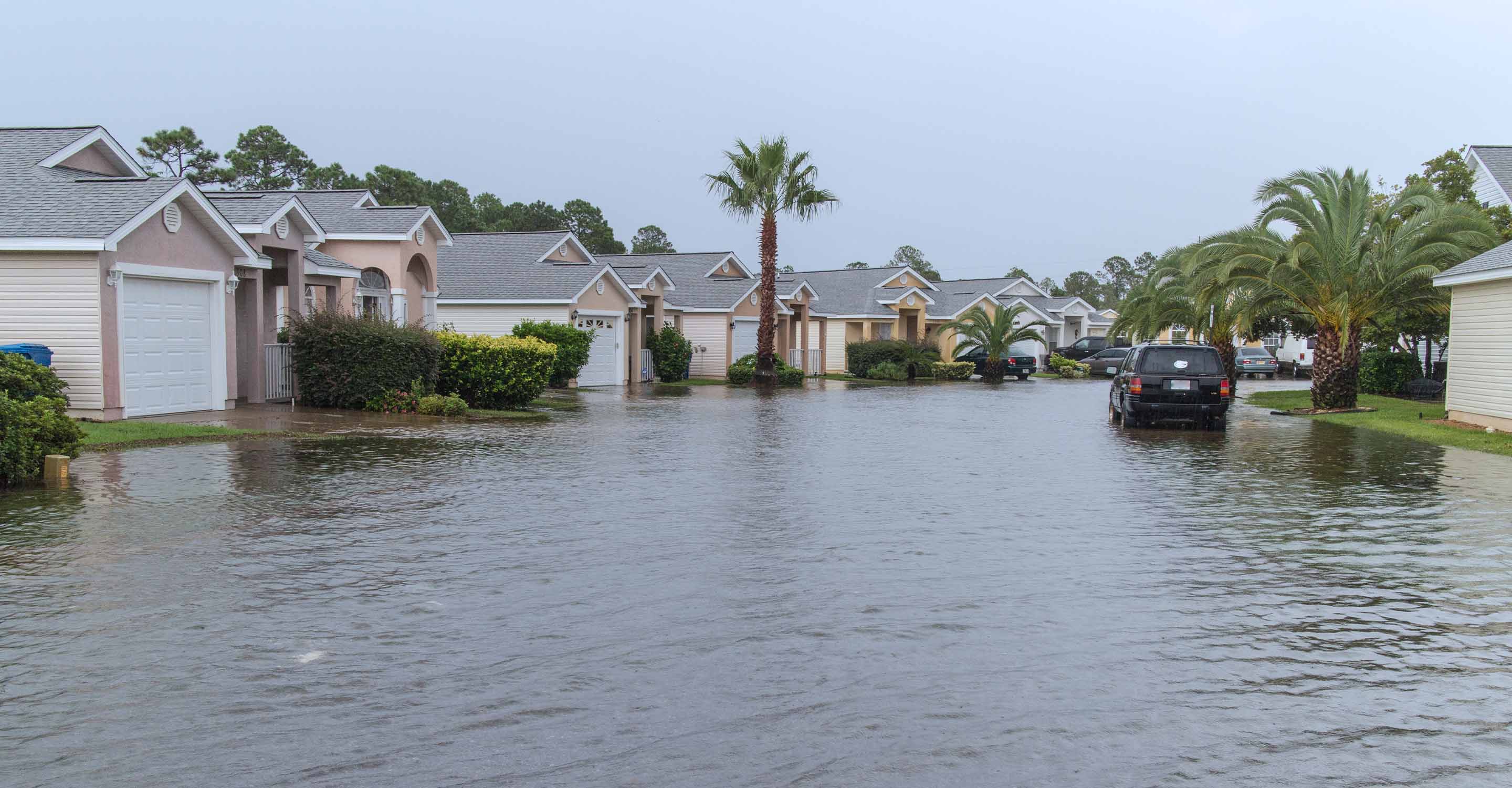Air quality in Xuchang
Air quality index (AQI) and PM2.5 air pollution in Xuchang
789 people follow this city

Xuchang Air Quality Map
Real-time Xuchang air pollution map
Weather
What is the current weather in Xuchang?
| Weather | Rain |
| Temperature | 59°F |
| Humidity | 87% |
| Wind | 11.8 mp/h |
| Pressure | 29.6 Hg |
live aqi city ranking
Real-time China city ranking
| # | city | US AQI |
|---|---|---|
| 1 | Guyuan, Ningxia | 522 |
| 2 | Xianyang, Shaanxi | 499 |
| 3 | Baoji, Shaanxi | 449 |
| 4 | Xian, Shaanxi | 384 |
| 5 | Wuzhong, Ningxia | 296 |
| 6 | Alxa League, Inner Mongolia | 197 |
| 7 | Yinchuan, Ningxia | 176 |
| 8 | Jilin, Jilin | 175 |
| 9 | Weinan, Shaanxi | 174 |
| 10 | Kashgar, Xinjiang | 166 |
(local time)
SEE WORLD AQI RANKING3D animated air pollution map

live Xuchang aqi ranking
Real-time Xuchang air quality ranking
| # | station | US AQI |
|---|---|---|
| 1 | Xingye Building, Jianan District | 154 |
| 2 | Xuchang College | 154 |
| 3 | Shiyizhong | 152 |
| 4 | Development zone | 146 |
| 5 | Monitoring station | 146 |
| 6 | Furong Square | 141 |
(local time)
SEE WORLD AQI RANKINGUS AQI
151
live AQI index
Unhealthy
Overview
What is the current air quality in Xuchang?
| Air pollution level | Air quality index | Main pollutant |
|---|---|---|
| Unhealthy | 151 US AQI | PM2.5 |
| Pollutants | Concentration | |
|---|---|---|
| PM2.5 | 56µg/m³ | |
| PM10 | 93µg/m³ | |
| O3 | 81.5µg/m³ | |
| NO2 | 32.5µg/m³ | |
| SO2 | 7.5µg/m³ | |
| CO | 700µg/m³ | |
PM2.5
x11.2
PM2.5 concentration in Xuchang is currently 11.2 times the WHO annual air quality guideline value
Health Recommendations
What is the current air quality in Xuchang?
| Avoid outdoor exercise | |
| Close your windows to avoid dirty outdoor air GET A MONITOR | |
| Wear a mask outdoors GET A MASK | |
| Run an air purifier GET AN AIR PURIFIER |
Forecast
Xuchang air quality index (AQI) forecast
| Day | Pollution level | Weather | Temperature | Wind |
|---|---|---|---|---|
| Tuesday, Apr 16 | Moderate 81 AQI US | 77° 57.2° | ||
| Wednesday, Apr 17 | Moderate 87 AQI US | 78.8° 59° | ||
| Thursday, Apr 18 | Moderate 93 AQI US | 80.6° 53.6° | ||
| Today | Unhealthy 151 AQI US | 68° 55.4° | ||
| Saturday, Apr 20 | Unhealthy for sensitive groups 118 AQI US | 75.2° 53.6° | ||
| Sunday, Apr 21 | Unhealthy for sensitive groups 120 AQI US | 78.8° 59° | ||
| Monday, Apr 22 | Unhealthy for sensitive groups 107 AQI US | 84.2° 59° | ||
| Tuesday, Apr 23 | Moderate 85 AQI US | 78.8° 60.8° | ||
| Wednesday, Apr 24 | Moderate 85 AQI US | 84.2° 57.2° | ||
| Thursday, Apr 25 | Unhealthy for sensitive groups 111 AQI US | 86° 60.8° |
Interested in hourly forecast? Get the app
AIR QUALITY ANALYSIS AND STATISTICS FOR Xuchang
What is the current level of air pollution in Xuchang?
Xuchang is a prefecture-level city in the central Henan province in Central China. As a prefecture-level city, it administers 2 districts, 2 county-level cities and 2 counties. The most recent census which was conducted in 2010 put the population of Xuchang at 4.3 million people. Almost 50 per cent of that number live in the central area or metropolis. In 2007 it was voted to be one of the top ten liveable Chinese cities.
At the start of the second quarter in 2021, Xuchang was going through a period of “Moderate” quality air with a US AQI reading of 78. This is in line with the recommendations by the World Health Organisation (WHO). Of all the chemicals that are suspended in the air, six are used as a benchmark against which the air quality is judged.
The concentration levels for these six pollutants were as follows: PM2.5 - 25 µg/m³, PM10 - 27 µg/m³, ozone (O3) - 56 µg/m³, nitrogen dioxide (NO2) - 14.5 µg/m³, sulphur dioxide (SO2) - 5 µg/m³ and carbon monoxide (CO) - 800 µg/m³. The measurements quoted are microns or micrograms per cubic metre.
Does the air pollution in Xuchang change over the course of the year?
Air quality is very volatile and can and does change on a daily basis or even on an hourly basis because many things have an effect on it. On studying the latest figures released by IQAir.com it can be seen that the air quality is loosely governed by the seasons of the year. During the warmer months from early May to the end of September, Xuchang was subject to a period of “Moderate” air quality with figures between 12.1 and 35.4 µg/m³. In the springtime in March and April and again in late autumn in October, the quality deteriorated into the “Unhealthy for sensitive groups” classification with numbers between 35.5 and 55.4 µg/m³. Finally, we see the air quality in the colder winter months get worse from November until the end of February. The registered figures were between 55.5 and 150.4 µg/m³ which places it in the “Unhealthy” category.
Looking back at the historic records since 2017, it can be seen that the air quality is more or less the same. In 2017 when the first records were kept, the recorded figure was 63.2 µg/m³ followed by 64.2 µg/m³ in the following year. Slightly better quality was seen in 2019 when the level was 60.6 µg/m³ and the average figure for 2021 was even better at 53.6 µg/m³. This might be an artificially low figure because of the restrictions imposed due to the COVID-19 pandemic when cities went into lockdown and vehicles were prevented from being used. The lockdown also closed many manufacturing processes for one reason or another so their lack of emissions would help clear the air.
How is the air quality in Xuchang measured and what do the numbers signify?
Air pollution contributes to millions of premature deaths around the world each year. In China, rapid industrialisation has produced intense levels of air pollution that present serious social, economic, and political problems. China’s leaders have responded with procedures designed to improve air quality, but they face significant challenges in balancing economic growth with environmental and social welfare.
Air quality is characteristically reported using an Air Quality Index (AQI), a metric for assessing how healthy air is in a specific location. Many countries have their own index. The AQI provided by the US Environmental Protection Agency (EPA) uses “breakpoints” that correspond to a defined pollution concentration. Breakpoints are scaled between 0 and 500, with higher AQI values representing worse air quality. (It is the US AQI number that is used on this site).
A red alert is issued when the air quality index surpasses 200 for four consecutive days, surpasses 300 for two days or the daily AQI reaches 500.
Where does the polluted air in Xuchang come from?
Electricity generation has historically been the main source of China’s air pollution. However, large coal-powered industries, which are key drivers of China’s economic development, have progressively contributed to China’s air pollution problems. By 2017, the steel industry displaced electricity generation as China’s biggest polluter. The use of coal by households also contributes to air pollution, especially in rural areas where many homes rely on it and other solid fuels (such as wood) for heating and cooking. The quality of coal used is of particularly poor quality leaving a lot of ash and creating a lot of smoke when burned.
Another source that contributes significantly to China’s air pollution is the emissions from vehicles. With the total number of vehicles in China reaching 360 million in 2020, they are now a major culprit. This is particularly true in larger cities, where the concentration of exhaust from vehicles is obviously much higher because of the sheer volume of vehicles using the roads.
How can the air pollution in Xuchang be reduced?
There are several measures that can be taken in order to improve air quality.
- Reduce coal consumption by improving energy efficiency in the industrial and building sectors and increasing the supply of renewable/sustainable energy. To replace coal, China is rolling out the world’s biggest investment in wind and solar power.
- Reduce air pollution emissions through pollution abatement measures including installing equipment to remove particulate matter, flue gas desulphurisation, and denitrification, replacing coal with natural gas, and expanding clean energy vehicles. Officials have required higher-quality gasoline and diesel for vehicles. Car emissions standards took effect in 2020 and are comparable to European and American ones.
- The national government announced the closure or cancellation of 103 coal-fired power plants, capable of generating a total of more than 50 gigawatts of power. It said it would also cut steel production capacity by another 50 million tons.
- The government has built a nationwide network of monitors tracking levels of PM2.5 and has made the data from those monitors publicly available. Anyone with a smartphone in China can now check local air quality in real-time, see whether a particular facility is breaching emissions limits, and report violators to local enforcement agencies via social media.





